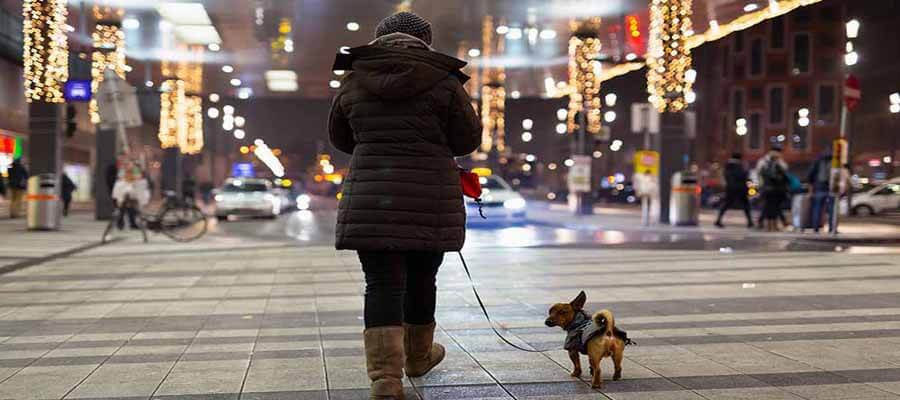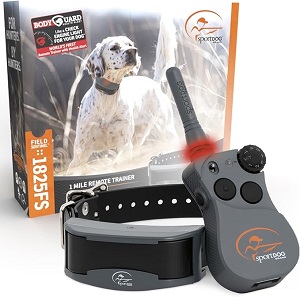
Best Practices for Walking Your Dog at Night
Essential Tips for Safely Walking Your Dog at Night
Walking your dog at night can be a delightful experience, offering a peaceful atmosphere and cooler temperatures. However, it also presents unique challenges that require extra attention to ensure the safety of both you and your furry friend. This guide outlines the best practices for walking your dog at night, equipping you with essential tips to make your evening strolls enjoyable and safe.
1. Choose Well-Lit Routes
Opt for Illuminated Paths:
- When planning your nighttime walks, select routes that are well-lit and familiar. Streetlights, illuminated parks, and populated neighborhoods are ideal options.
- Avoid Isolated Areas: Stay clear of poorly lit or deserted areas where visibility is low, as these can pose risks for both you and your dog.
2. Use Reflective Gear
Increase Visibility:
Essentials for Your Newly Adopted Pet
Welcoming a shelter pet into your life is a beautiful journey. Here are some handpicked items to help your new friend feel safe, loved, and right at home:
- Equip yourself and your dog with reflective gear. Consider wearing a reflective vest or clothing, and choose a leash and collar that are reflective or illuminated.
- Dog Accessories: Add reflective or light-up accessories for your dog, such as a LED collar or a blinking light that clips onto their leash, ensuring they are visible to passing vehicles and pedestrians.
3. Leash Control
Keep Your Dog on a Short Leash:
- Use a standard leash instead of a retractable one during nighttime walks. A shorter leash allows for better control and keeps your dog close to you.
- Be Mindful of Surroundings: Stay alert and maintain control of your dog, especially when passing other dogs or potential distractions.
4. Know Your Dog’s Behavior
Understand Your Dog’s Temperament:
- If your dog is easily startled or tends to bark at noises, it may be helpful to keep them on a tighter leash and close to your side.
- Desensitize Beforehand: Consider nighttime practice walks to help your dog acclimate to the different sounds and sights associated with evening outings.
5. Stay Aware of Your Surroundings
Be Alert:
- Stay aware of your surroundings and avoid distractions, such as looking at your phone. Pay attention to your dog, traffic, and any potential hazards.
- Trust Your Instincts: If something feels off or unsafe, trust your instincts and change your route or cut your walk short.
6. Consider Your Dog’s Safety
Avoid Potential Hazards:
- Watch for potential hazards such as uneven pavement, potholes, or objects on the ground that could cause trips and falls.
- Keep an Eye on Wildlife: Be cautious of wildlife that may be more active at night, and be prepared to adjust your route if necessary.
7. Bring Essential Supplies
Pack a Nighttime Walking Kit:
- Carry essentials such as poop bags, treats, water, and a flashlight. A flashlight can help illuminate your path and increase your visibility to others.
- First Aid Kit: Consider having a small dog first-aid kit with you in case of minor injuries.
8. Be Cautious with Weather Conditions
Adjust for Weather:
- Check the weather before heading out. Avoid walking during inclement weather, such as heavy rain or storms, which can reduce visibility and increase hazards.
- Temperature Considerations: If it’s particularly cold, ensure your dog is comfortable with a doggy jacket or booties if necessary.
9. Set a Routine
Establish Regular Walking Times:
- Try to walk your dog at the same time each night to establish a routine. Dogs thrive on routine and will become accustomed to their evening walks.
- Consistency Matters: Consistency can also help you and your dog become familiar with the area and any potential hazards that may arise.
10. Stay Hydrated
Offer Water Before and After:
- Ensure your dog is well-hydrated before your walk. Carry water with you if it’s a longer outing and offer it to your dog afterward.
- Monitor for Signs of Overheating: If you’re walking during warmer evenings, watch for signs of overheating and provide breaks as needed.
Conclusion
Walking your dog at night can be a rewarding experience, filled with fresh air and bonding moments. By following these best practices—such as choosing well-lit routes, using reflective gear, and maintaining leash control—you can ensure safe and enjoyable nighttime strolls for both you and your furry companion. Always stay aware of your surroundings, be prepared for any situation, and enjoy the tranquility that nighttime walks can offer.
Affiliate Products
We may earn a small commission when you shop through our links — it helps us keep sharing love and care for every dog out there, at no extra cost to you.
Up to 75% Discount

Dog Collar with Health Monitoring
BUY NOW »
Up to 55% Discount

Luxury Faux Furhuge Napping Bed
BUY NOW »

